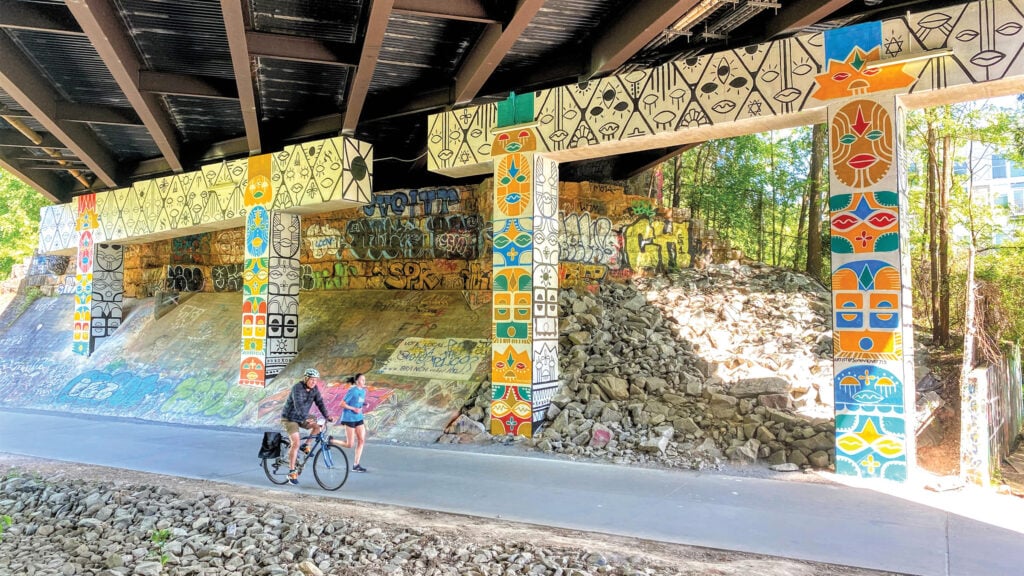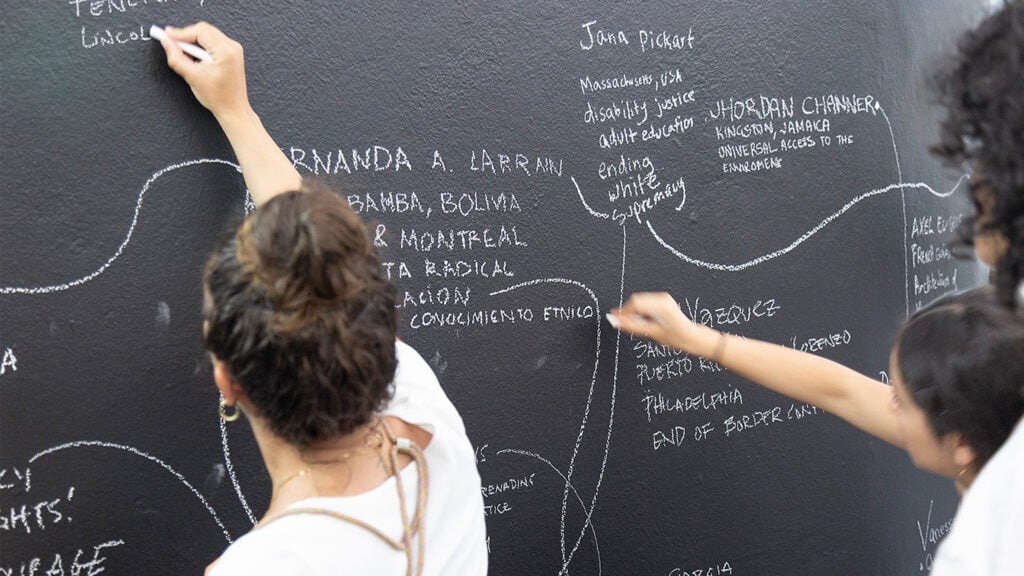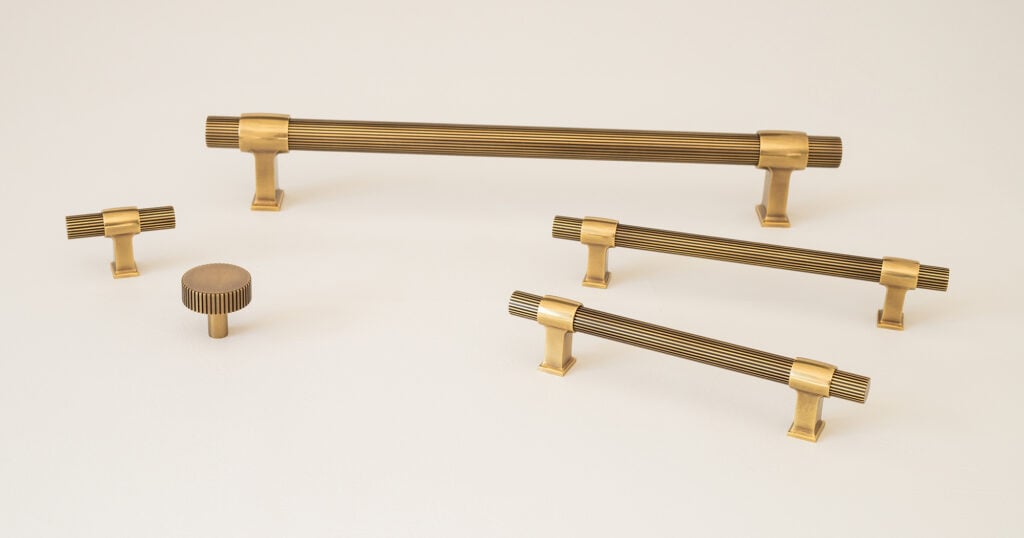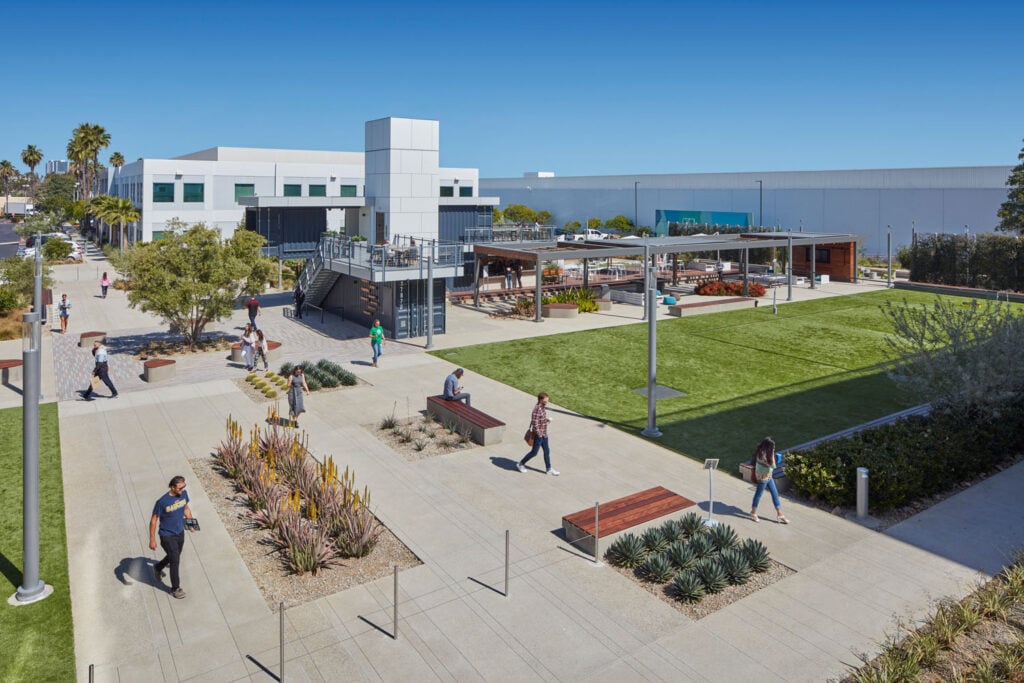
September 20, 2021
The New Local: Design for a Post-Vaccine World
“How will architecture and design respond to the new appreciation of the local?”
Avinash Ragagopal, editor in chief, Metropolis
“How will architecture and design respond to the new appreciation of the local?” Rajagopal asked, kicking off the session.
“One thing that has been consistent is how the community is engaged,” said Richelle Nolan, design principal, IA Interior Architects. “Instead of token nods to history, it’s about finding out what local businesses are doing and how we can further their success. We need to knock on doors and find out what local is.” Rajagopal echoed this sentiment by saying: “We have to think less about stakeholders and more about neighbors.”
A real estate executive, Genevieve Cadwalader, vice president, Sares Regis Group of Northern California, pointed out “how much the community has changed” since the beginning of the pandemic. “There’s a lot of office vacancy across the board around the United States,” she continued. “Downtown San Francisco is like a ghost town compared to how it was pre-pandemic.”
Josh Hatch, principal, Brightworks Sustainability, offered a bit of bright news despite all the tragedy and suffering caused by COVID: “In 2020, carbon emissions decreased by 6.4 percent,” he said. As a result of the pandemic, he added, “We don’t need a daily commute to downtown anymore, we don’t need as many personal and business trips.”
Art, too, has a place in any discussion about the local. Laura Grigsby, an art consultant in San Francisco, stated that two major local museums, the de Young and the SFMOMA, had recently mounted exhibitions of work by diverse local artists. “Supporting local artists is crucial,” Grigsby said. “Artists are great thinkers. They have time to think about issues, including equity and inclusion.”
Rajagopal brought up the subject of working outdoors, ideal for temperate San Francisco.
“Among our clients there is a big demand for working outdoors,” Nolan said. “Now as we come back downtown little by little, this will probably increase.” Cadwalader said she, too, has seen “more and more demand for working outside,” and pleaded for vibrant, round-the-clock urban life, in San Francisco and elsewhere. “For years people have talked about 24-hour cities. But they’re important. They’re what we need.”
It is ironic, Nolan concluded, that good design is all about fostering human interaction, but that the opposite was the goal of anti-pandemic measures. “In the beginning of COVID, it was ‘How do we keep people isolated from each other?’ Now we’ve come full circle. It’s all about ‘How do we bring people together?’”
The Think Tank discussions were held on July 8, 15, and 22. The conversations were presented in partnership with Corona Group, GROHE, and Trendway.
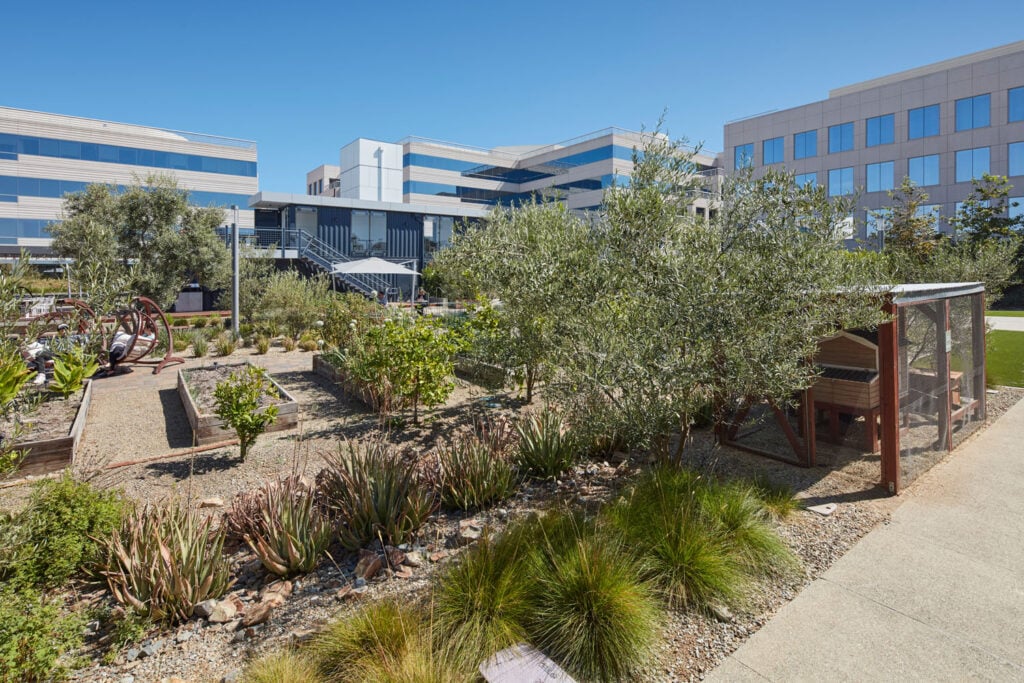
Would you like to comment on this article? Send your thoughts to: [email protected]
Latest
Projects
The Project That Remade Atlanta Is Still a Work in Progress
Atlanta’s Beltline becomes a transformative force—but as debates over transit and displacement grow, its future remains uncertain.
Profiles
WAI Architecture Think Tank Approaches Practice as Pedagogy
Nathalie Frankowski and Cruz García use their practice to help dismantle oppressive systems, forge resistance spaces, and reimagine collective futures.
Products
Functional Beauty: Hardware That Does More Than Look Good
Discover new standout pieces that marry form and function, offering both visual appeal and everyday practicality.



